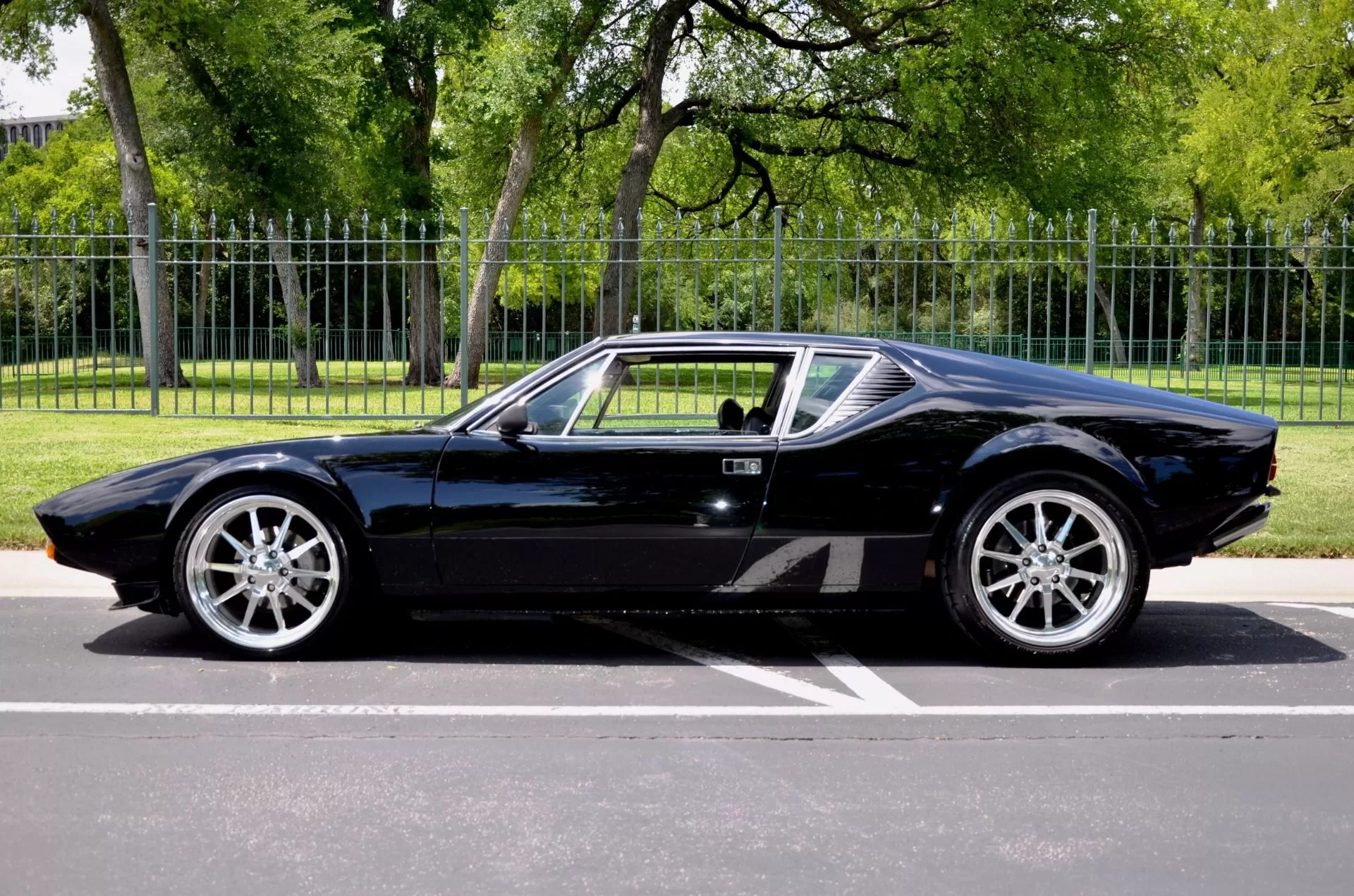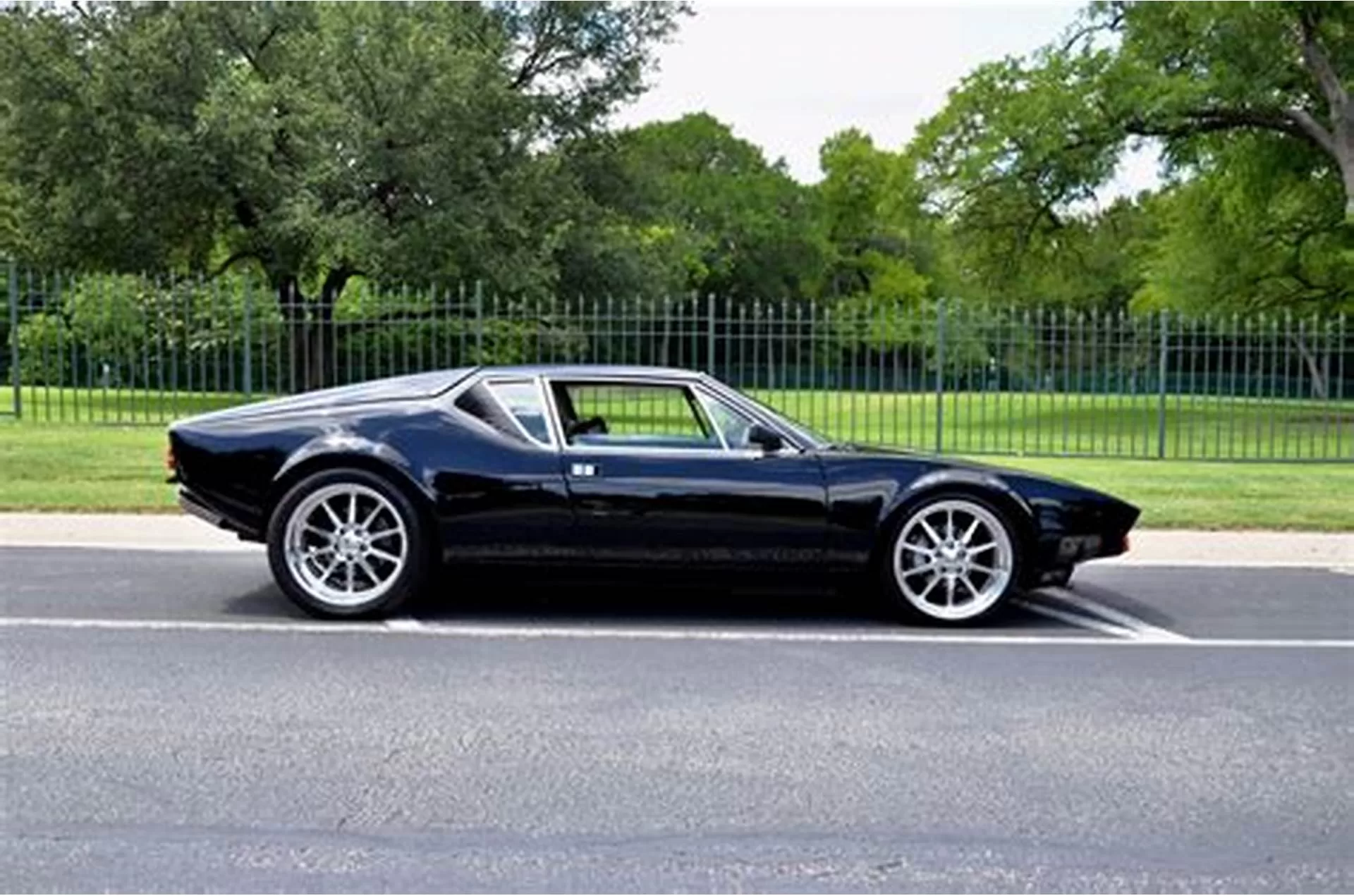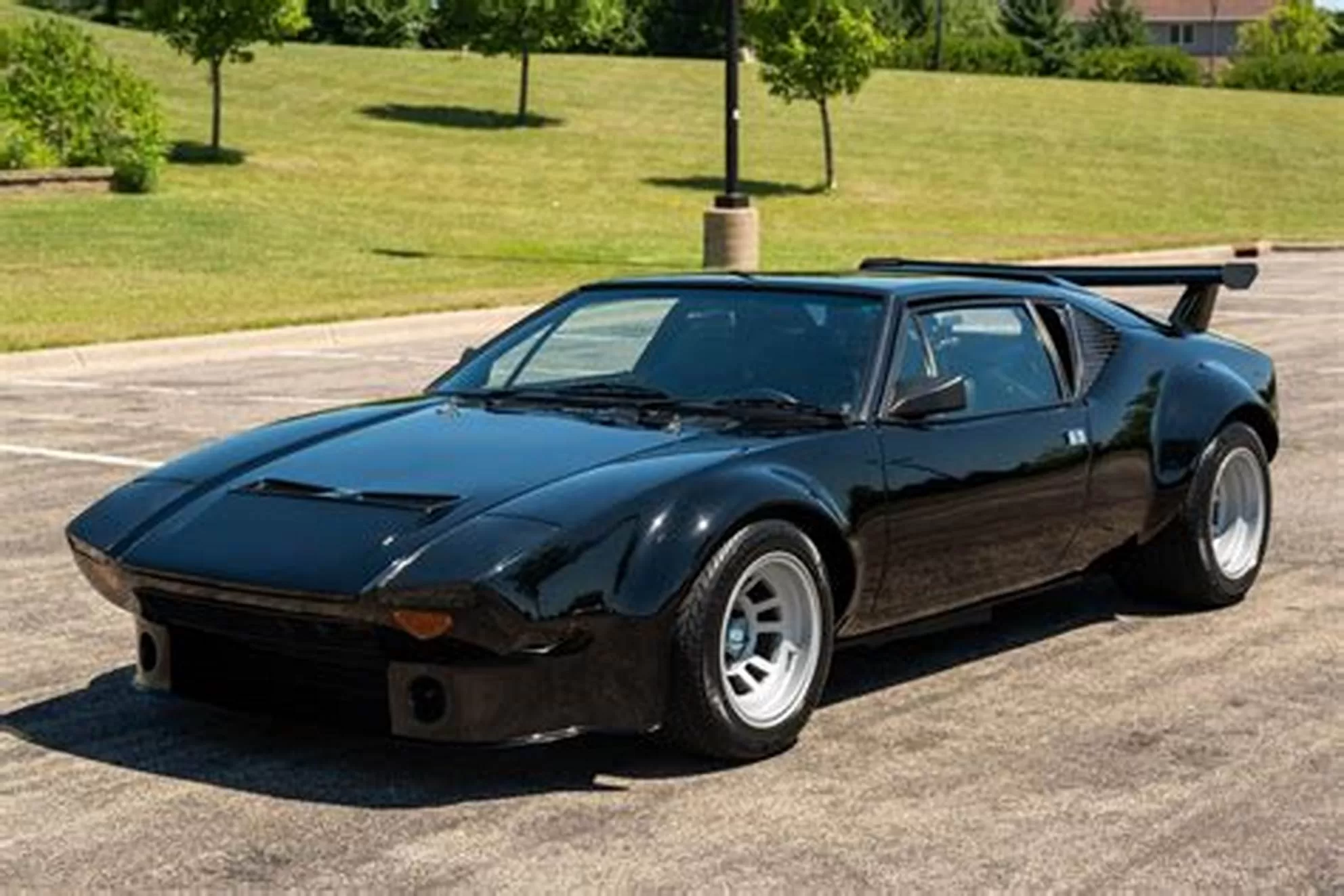Ford Pantera – The American-Powered Italian Muscle Car
The Ford Pantera represented a unique collaborative project between Ford and Italian sports car builder De Tomaso in the early 1970s. Ford saw an opportunity to bring a European flair to the American muscle car market. By powering a De Tomaso-built Italian body with Ford’s Cleveland V8s, the Pantera combined raw American power with continental styling and handling. This fusion of capabilities resulted in an aggressively styled grand tourer with blistering performance at a more affordable price point than exotics.
Ford Pantera – Italian Design, American Power
The Pantera’s hand-built Italian bodywork was styled in-house by Tom Tjaarda at Ghia. Its voluptuous contours exuded a muscular sportiness fitting of the large American V8s slotted behind the two seats. An imposing front fascia with pop-up headlights and a deep air dam conveyed potency. The wide hunkered-down stance promised performance – promises the Pantera’s powertrains certainly fulfilled. Under the long hood, Ford’s 351 cubic-inch Cleveland V8 delivered strong thrust befitting a muscle car.
Refined Chassis Dynamics
Don’t let the Pantera’s brawny looks deceive – its chassis brought balanced European sophistication honed for serious performance. Four-wheel independent suspension afforded compliance and handling fidelity. Quick low-effort steering enabled the Pantera to devour curvy sections readily. Large four-wheel disc brakes provided fade-free stopping power at high speeds. Combining a refined ride with razor-sharp responses, the Pantera’s road manners stood apart from most Detroit contemporaries as an agile grand touring carver.
Improved Livability Over Traditional Exotics
Despite the dramatic styling and performance, Ford sought to make the Pantera more well-mannered than comparable Italian exotics. Comfort-focused aspects like standard air conditioning, leather seats, and carpeting were included. The wide doors enabled easier entry and exit than most mid-engine cars. Some power features added everyday convenience as well. Compared to contemporaries from Ferrari and Lamborghini, the Pantera felt positively luxurious while retaining true sports car capabilities.
Ford Pantera Ever-Improving Performance
Early Panteras packed 330 horsepower, rocketing them to 60mph in just 5.5 seconds despite their 3,800-pound curb weight. For 1975, displacement jumped to 5.8 liters eliciting 370hp for brutal acceleration befitting the Pantera’s muscle car roots. As a swansong before ending production in 1980, the Pantera’s compression ratio increased to unleash 380hp in the final GT5-S edition. Even two decades after its debut, the Pantera maintained its position delivering some of the era’s most explosive performance.
A Flawed Jewel Loved by Enthusiasts
Despite its innovative collaborative beginnings, Pantera sales never met expectations. Reliability woes and poor dealer support hampered its reputation. Just 5,500 were produced in the US. However, for sports car enthusiasts the Pantera‘s blend of capability and Italian design earned a passionate following. Today, its flaws are largely forgotten while its performance and personality attract collectors. Flawed yet fast, the Pantera built a legacy as an enthusiast’s grand touring muscle car decades ahead of its time.





